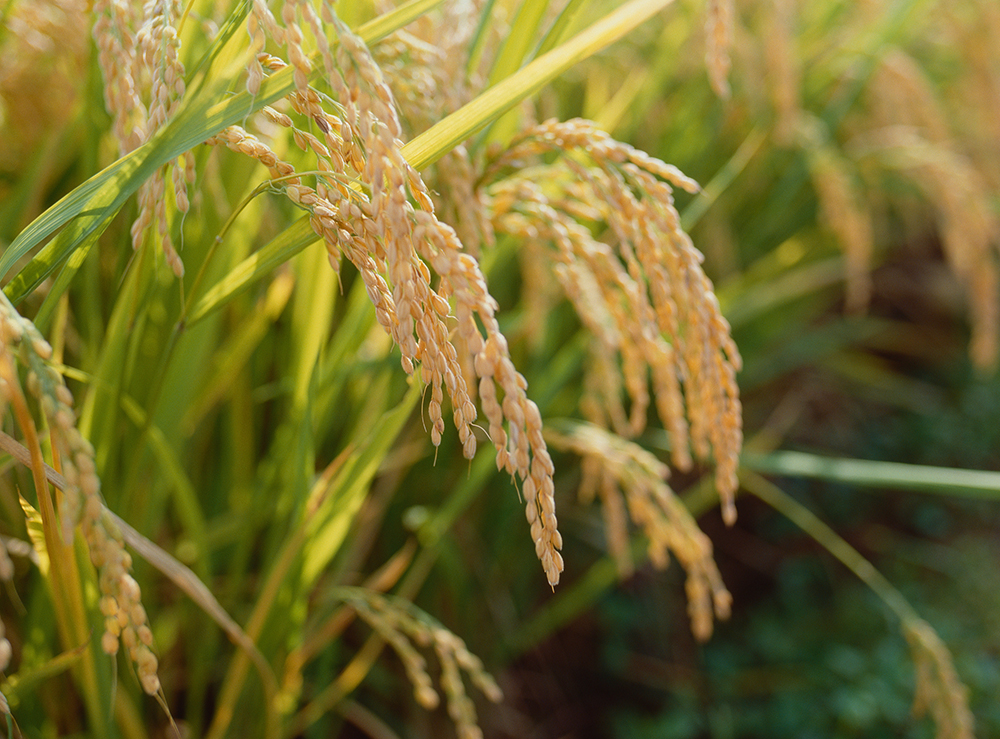Dojima Rice Average®(Japanese Rice Futures Price Index)

With the “Dojima Rice Average,” you trade not a specific brand, but the future value of the “average rice price” across the country. For rice-related business operators, we offer hedging tools to prepare for fluctuations in rice prices, for investors, we provide an opportunity for diversified investment through transactions based on settlement(contract) for difference, which do not involve the physical delivery of rice.
Reference Information: “Japanese Rice Price Index (Spot Rice Index)”
Aiming to provide a timely indicator of rice prices, the Dojima Exchange will publish the “Japanese Rice Price Index (Spot Rice Index)” on the last business day of each month on this website. This index is calculated by estimating the average price for the current month from the “Relative Trading Price” (*3) and “DI” (*4) of rice. We hope that you will find it useful as a reference for trading prices.
Product Summary: Dojima Rice Average® (Japanese Rice Futures Price Index)
| Launched |
August 13, 2024 |
|---|---|
| Product Name |
Dojima Rice Average® |
| Commodity Market |
Rice Index Market |
| Type of Trade |
Index futures trading |
| Listed Commodity Index |
Rice Price Index |
| Target product of the listed commodity index |
Rice |
| Target of Trade |
Future values (i.e., prices) of average rice prices (see the “Average Rice Price” section) |
| Trading Method |
Individual competitive trading (continuous trading) |
| Quotation Unit |
10 Yen per 60 kg |
| Contract Unit |
3 metric tons (value obtained by multiplying the contract value by 50) |
| Trading Hours |
Trading days: Every business day (*1) |
| Contract Terms |
Each even-numbered contract month within 12 months from the month to which First Trading Day (2, 4, 6, 8, 10, 12 months) * 2 |
| First Trading Day |
First business day of odd-numbered months |
| Last Trading Day |
Last business day of the of the current contract months |
| Final Settlement Day |
The last business day of the contract months |
| Settlements |
Open interest remaining in the expiring contract on the last trading day of the month will be offset by resale or repurchase on the final settlement day. |
| Final Settlement values |
The Average Rice Price announced on the final settlement day of the month |
| Average Rice Price |
The index is calculated by estimating the average price for the month from the “Relative Trading Price” (*3) and “DI” (*4) of rice. |
| Announcement of the Average Rice Price |
Calculation begins: 3:00 p.m. (JST) on the last business day of even-numbered months (*5) Publication method: Results will be published on our website immediately after calculation. |
| Remarks |
(*1) Trading is not available on days when the exchange is closed (Saturdays, Sundays, public holidays, and the year-end period from December 31st to January 3rd). Disclaimer: This English translation may be used for reference only. In cases there is any discrepancy between the English version and the original Japanese version, the original Japanese version shall prevail. The Osaka Dojima Exchange may change or update this English translation without any prior notice and shall accept no responsibility or liability for damage or loss caused by any error, inaccuracy, misunderstanding, or change with regard to this English translation. |
